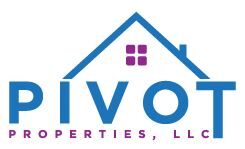From purchasing a home with friends, to buying a yurt (yes, a yurt!), there are numerous alternatives to buying a single-family home. Here is our list.

If you’ve spent time looking for homes online, you’ve probably come across a place that blows away your understanding of what a home can be. Maybe it was a floating home with a tricked-out deck, or a tiny home nestled in a forest. Whatever it was, it may have sent you in search of some alternatives to buying a house — specifically the detached single-family home that most home buyers are chasing.
Detached single-family homes have long been the most sought-after form of housing for many buyers. But in today’s white-hot housing market, buyers have been gravitating to other forms of housing — and other buying arrangements — that can make ownership more affordable.
Of course, simply renting your home is always an option. Renting may even make more financial sense, depending on your location and lifestyle, and renting certainly has benefits. But if you’re curious about alternatives to buying a house — whether it’s a different type of housing unit, or a less-common arrangement like buying a home with friends — here are some alternatives to think about.
Alternatives to buying detached single-family houses
1. Buying a condominium
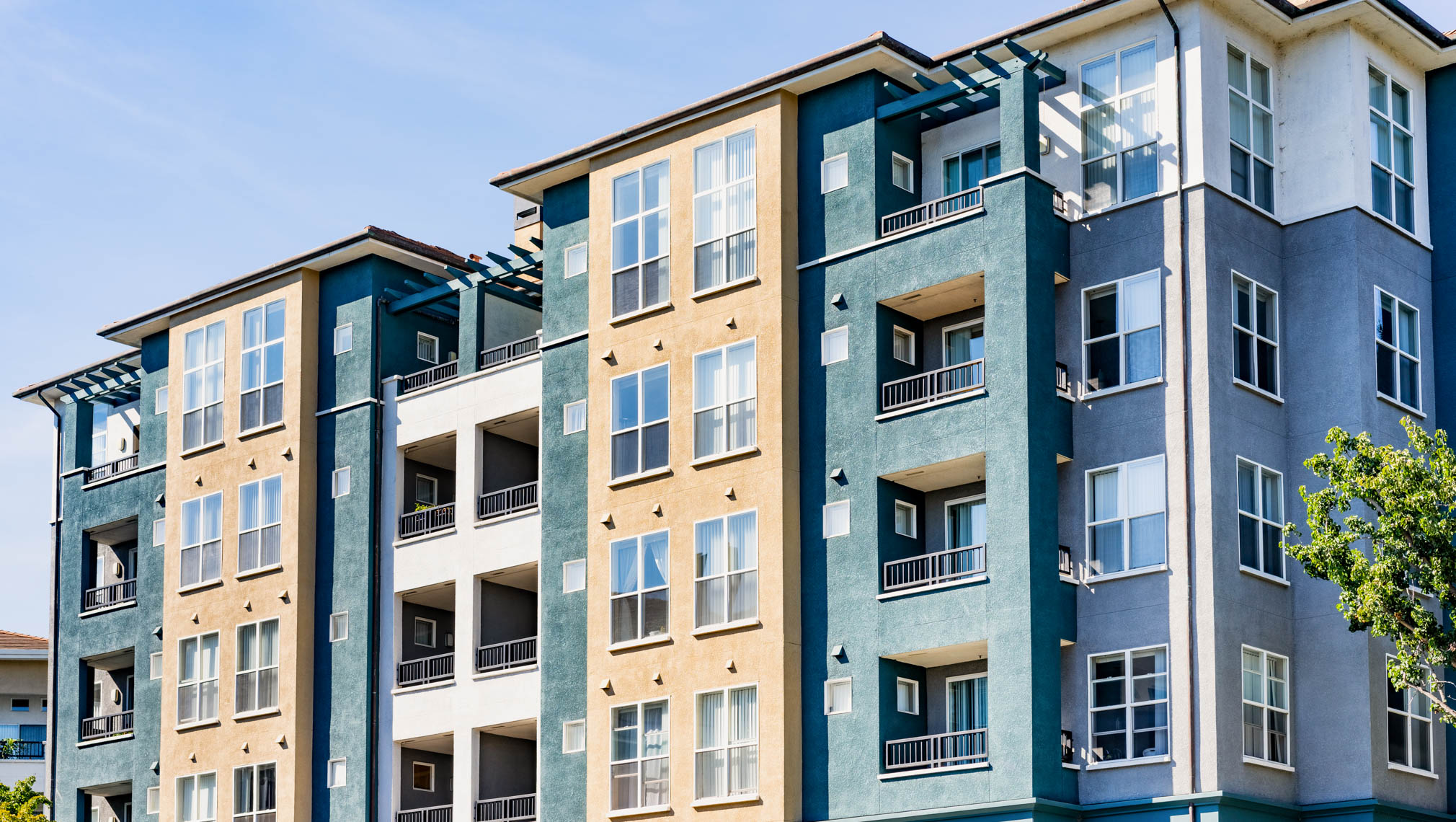
A condo is basically an owner-occupied apartment, and it’s a way to balance the benefits of homeownership with the convenience of renting. Condos are typically more affordable than single-family houses, but like houses, they can appreciate over time, helping you build equity.
With a condo, you own the space inside your unit and share ownership of common areas with the other condo owners. Those common areas are usually managed by a homeowners association (HOA), which takes care of landscaping, painting, roofing, and any amenities such as pools or gyms, in exchange for a monthly fee.
2. Buying a townhome
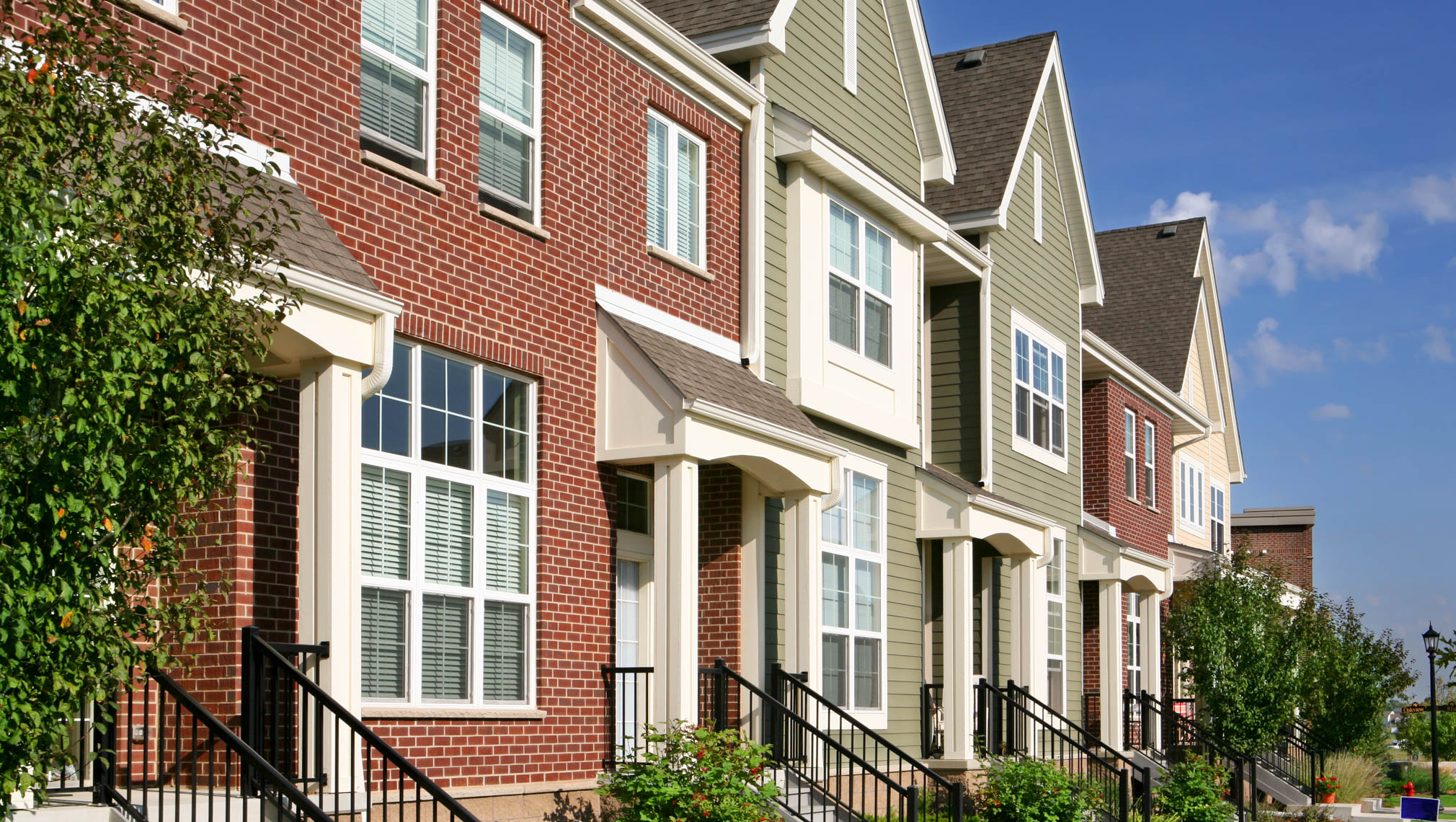
A townhome, or townhouse, shares at least one wall with another home. When you own a townhome, you typically have your own entrance and own the exterior of the home. Unlike owning a condo, owning a townhome typically means you also own a portion of the property around your home. So, while usually more affordable than comparable single-family homes in the same market, townhomes are often pricier than condos.
Some townhomes are also subject to the rules of an HOA. The HOA usually requires monthly dues for the upkeep of common areas and amenities. If you’re considering one, be sure to check so you can factor that into your decision.
3. Buying a multi-family home, such as a duplex, triplex
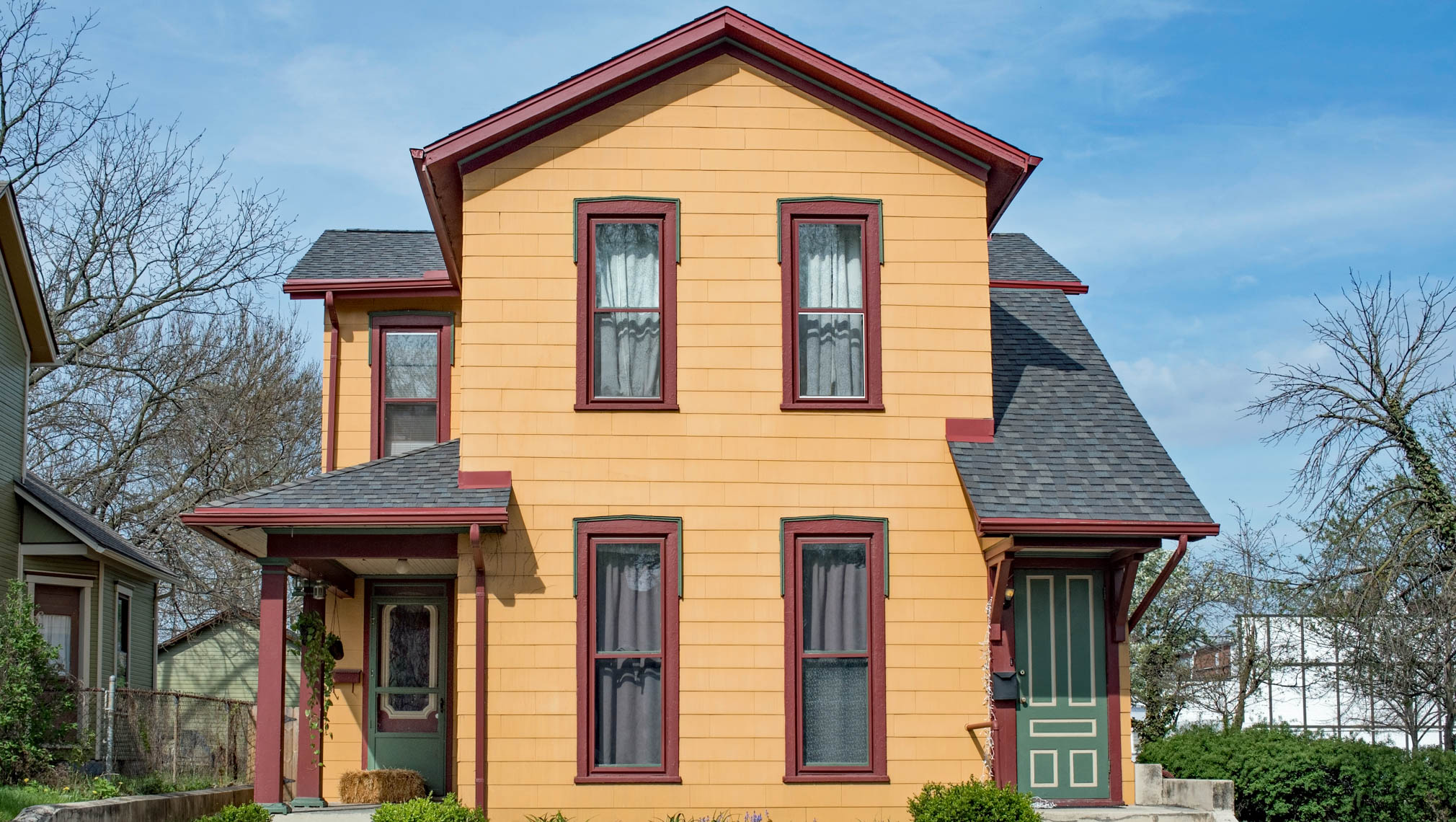
Multi-family homes allow you to live in one of the units and rent the other(s) to help pay the mortgage. Each unit is likely to have its own entrance, and shared walls or ceiling/floors. While you’ll have less privacy than you would living in a detached single family home, you’ll also have the potential to rent out the entire property if your future plans change.
4. Accessory dwelling unit
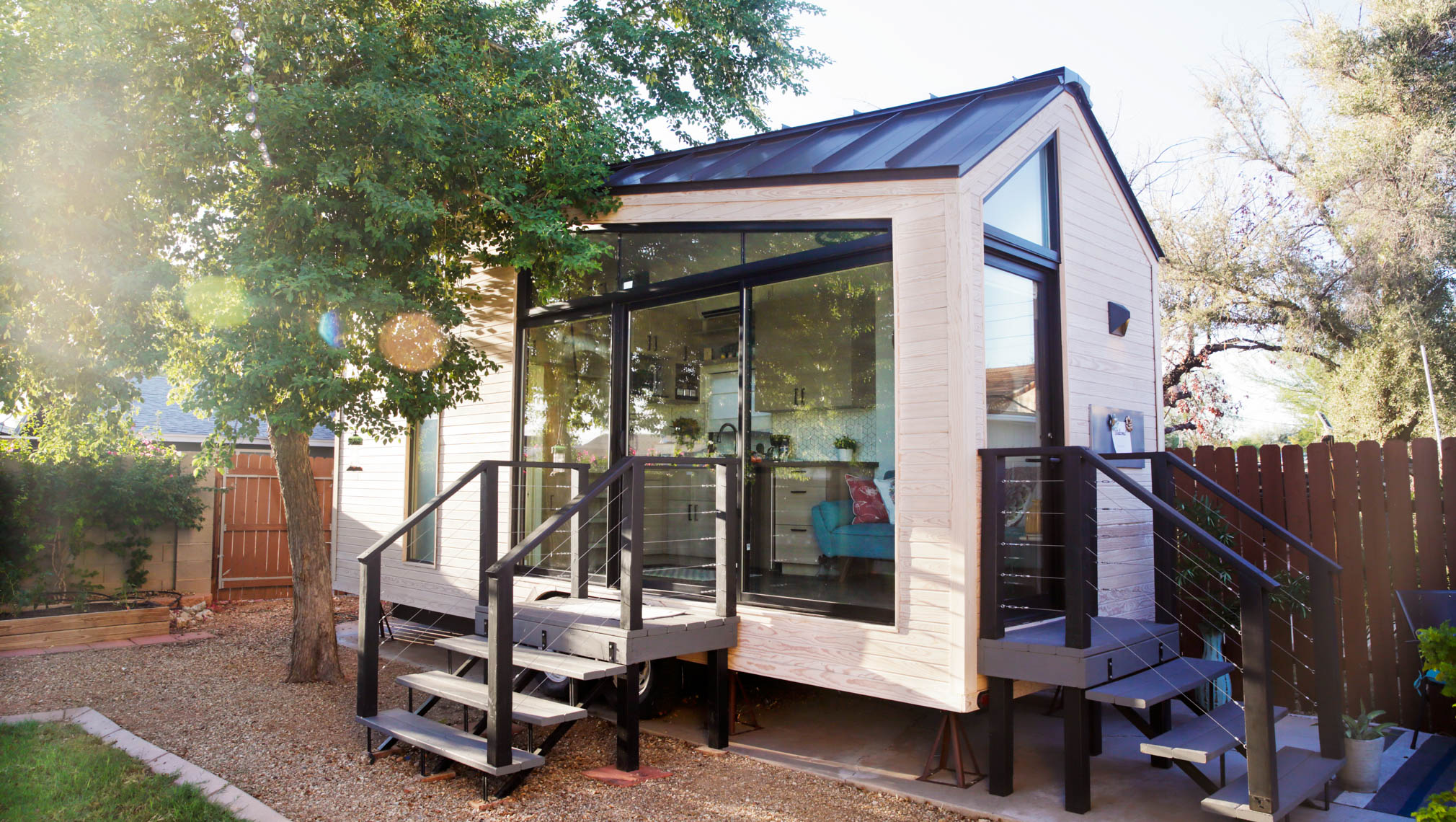
Another form of multi-family unit is accessory dwelling units or ADUs, sometimes called mother-in-law units. ADUs can be attached or separate from the main home. They are typically smaller structures or units that share a yard with the main home. Buying a home with an ADU gives you the same benefits as a multifamily property. That is, the ability to live in either the house or the ADU and rent out the other to help pay your mortgage.
5. Buying a co-op
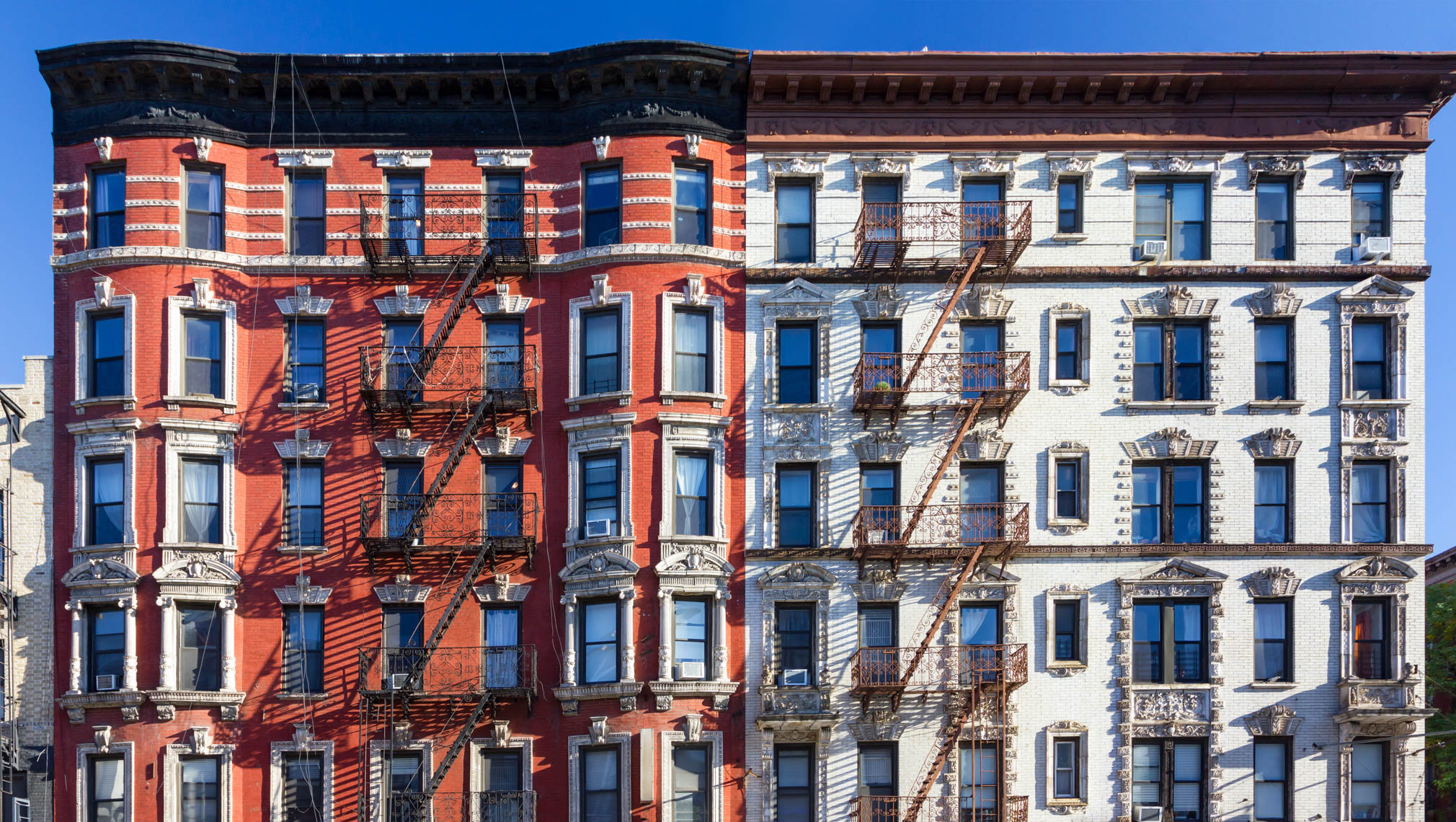
A cooperative apartment, or co-op, is a type of housing that is actually a corporation. Each resident owns a share in a corporation that entitles them to live in one of the units under a lease agreement. Co-op apartments are generally found in larger cities, and they tend to be less expensive than a condo. However, they may come with higher monthly ownership fees that you should consider when calculating the monthly cost.
6. Entering a tenancy in common (TIC) agreement

A niche form of “fractional ownership” found in Los Angeles and San Francisco — two of the nation’s most expensive housing markets. With TIC agreements, buyers purchase designated space in a home or a unit in multi-family property with others they may or may not know. Legal agreements obligate the buyers to share property taxes and pay for other agreed-upon expenses with the other buyers. TIC agreements can allow you to reap the benefits of owning at a more affordable price than if you were buying the whole house. The potential downside is sharing common spaces and coming to agreement with the other owners.
7. Buying a home with friends
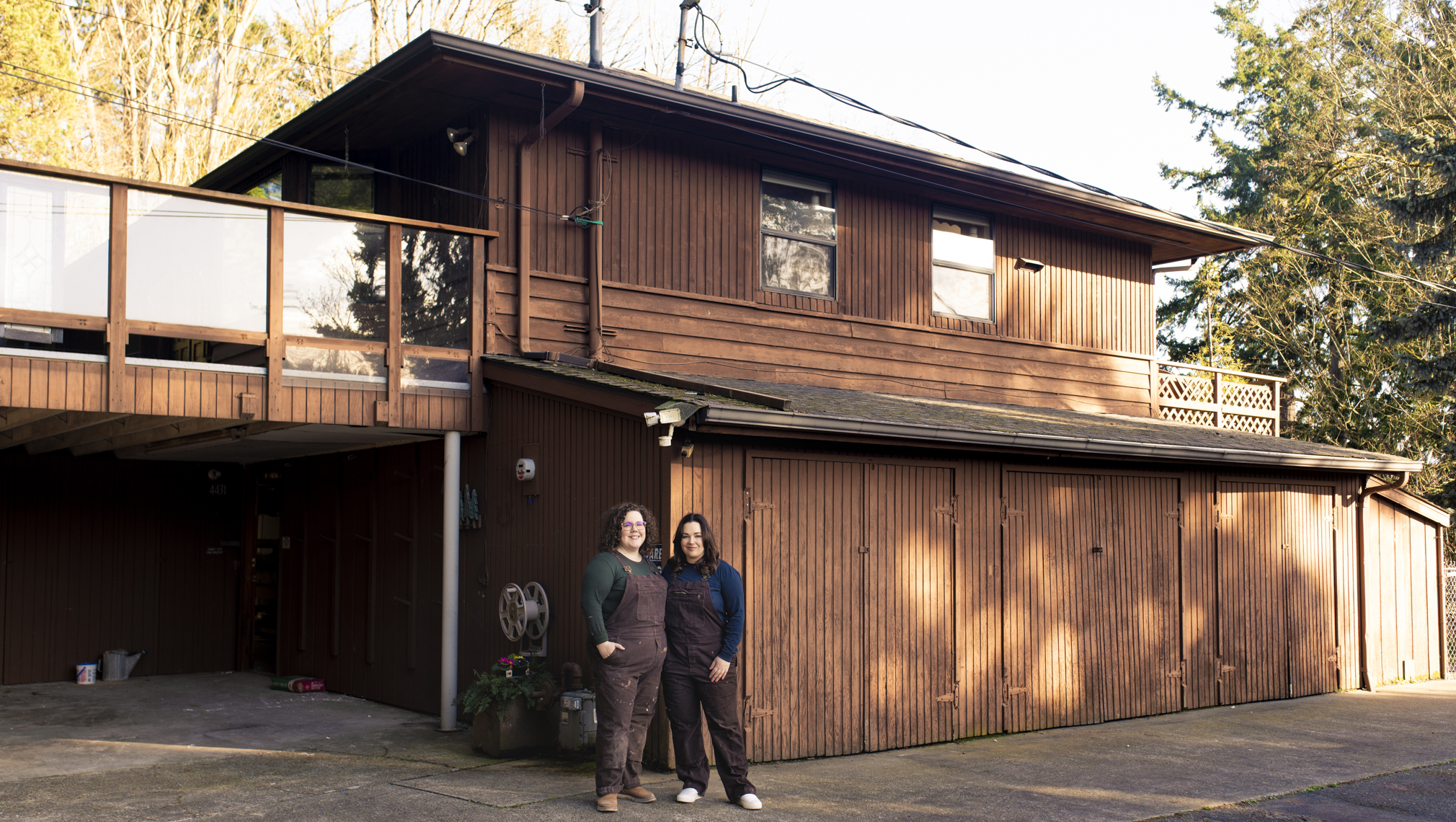
Buying a home with friends is exactly what it sounds like: Two or more friends buy a home to share. Co-purchasing could be attractive to first-time buyers because it allows for shared costs. This includes everything from the down payment and mortgage payment, to taxes, insurance and the costs of upkeep.
8. Purchasing a vacation home
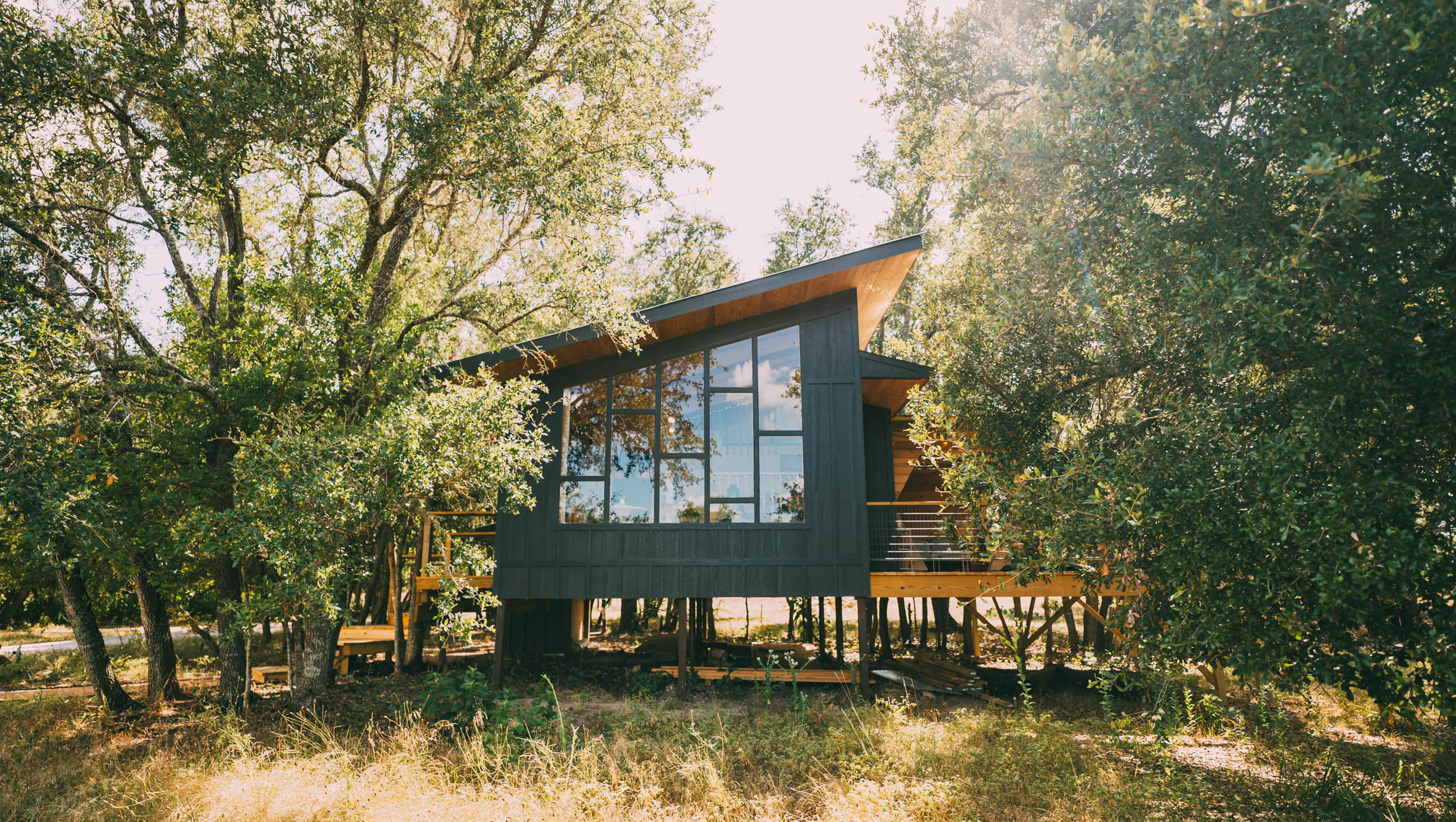
Buying a “second home” — either a part-time vacation home or investment property — could allow renters in expensive cities to become homeowners in less expensive locales before buying a primary residence to live in full-time.
9. Buying land

Depending on your plans, buying land could present more affordable options than buying a home that’s already been built. Owning land provides an opportunity to start small and add to your dwelling over time as your needs change. The downside to buying land and building or buying a home to put there is that there are more things to consider, such as zoning, building codes and land use.
10. Buying a prefab/manufactured home
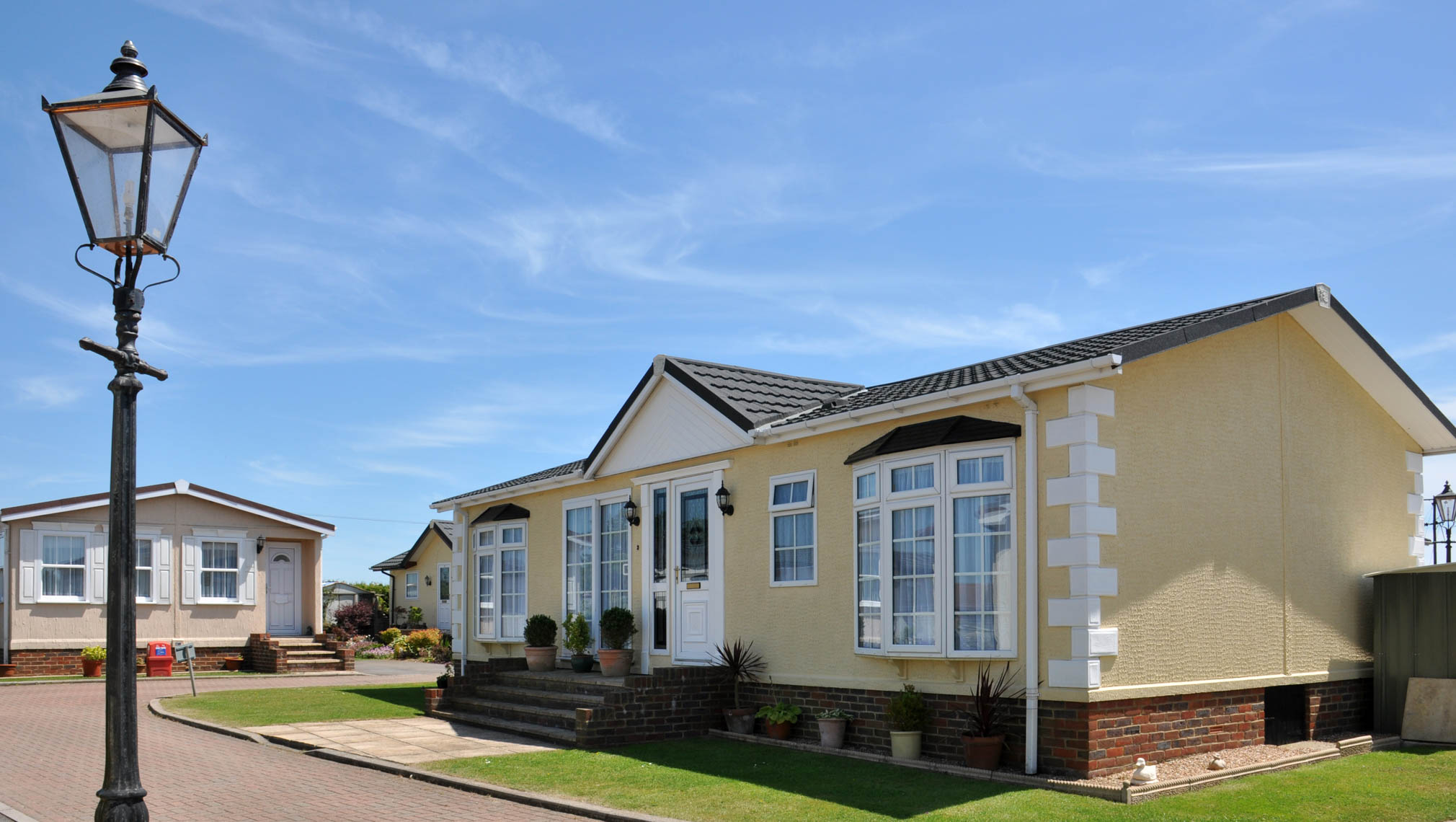
Manufactured housing has come a long way from the days of plastic cabinets. Today, you can buy just about any style of home in a manufactured format. They range from traditional mobile homes to cabins and designer structures you can buy on Amazon. Just make sure you’re buying a home that is allowed by your city’s planning or building department.
11. Building a shipping container home
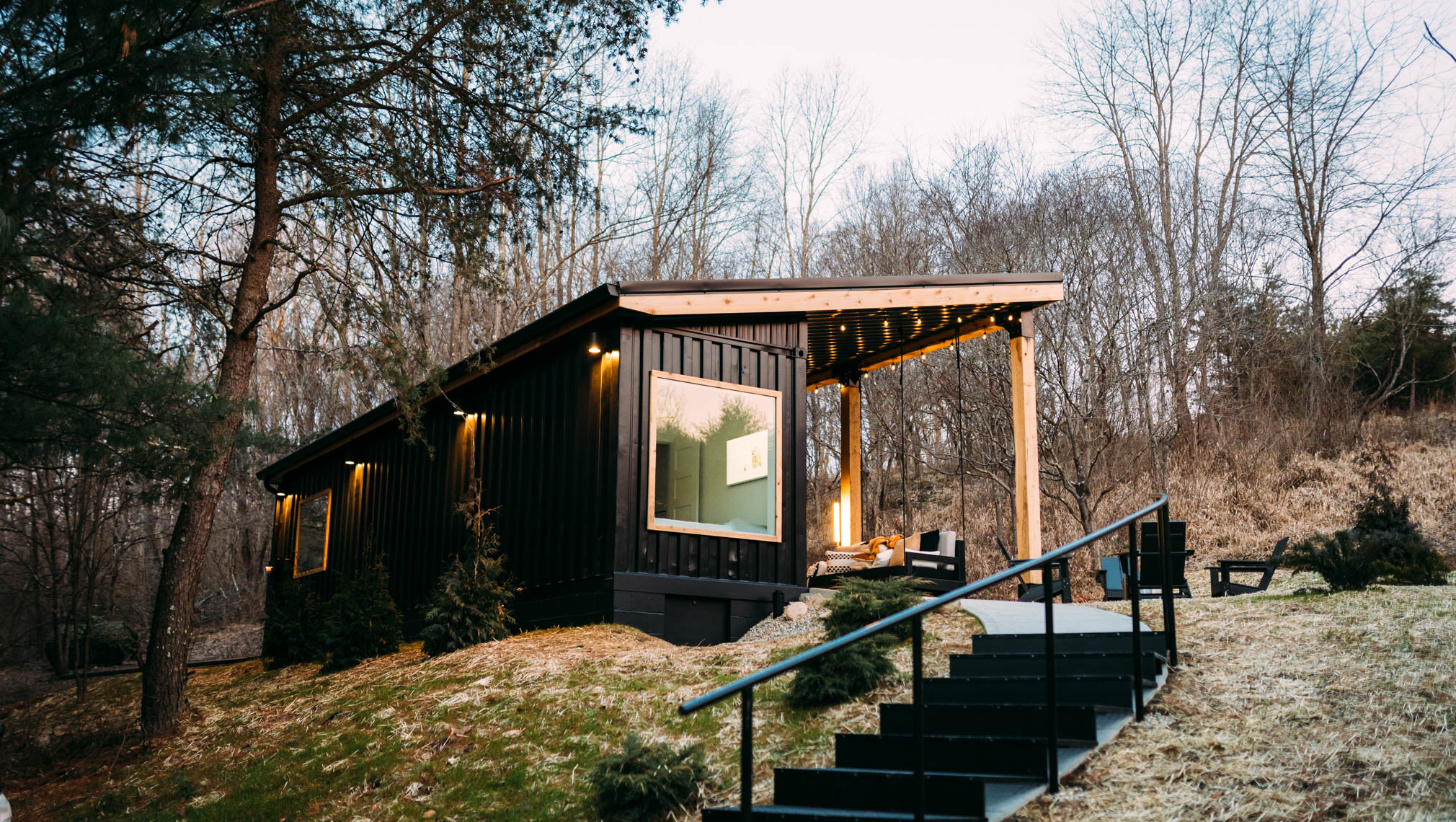
Shipping containers are simple structures that can be stacked, cut and arranged in seemingly endless configurations or used solo as a tiny house. Containers come in a variety of sizes — most commonly 10, 20 or 40 feet long and 8.5-9.5 feet high. They can be placed on land with a crane or unloaded from the back of a semi truck.
12. Making an RV, trailer or fifth wheel camper your home
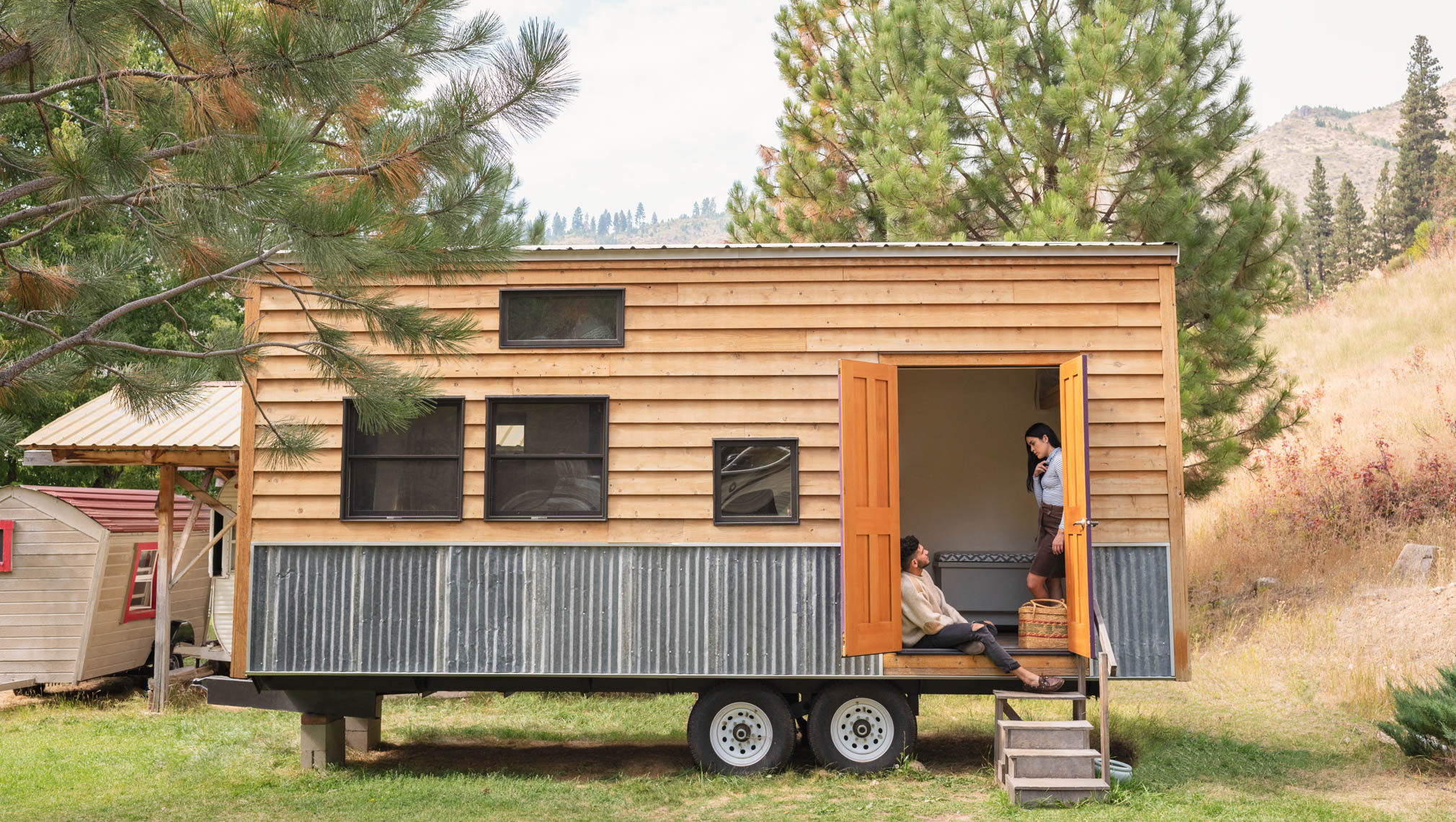
The style, variety and price of RVs, trailers and fifth wheels — those goose-necked campers that require a big truck to tow — allow you to choose your own adventure in whatever style you see fit. What these homes have in common is portability. Take your home with you while you travel the country or park it in a quiet spot in the woods.
13. Buying a floating home

Made famous by the movie, “Sleepless in Seattle,” floating homes are often confused with houseboats. While they both float, they differ significantly. Owning a floating home is like owning a condo in that the owner pays HOA dues to maintain the dock and the slip. Floating homes are permanently connected to sewer, water and electrical. Once moored, they remain in place, while houseboats can be easily disconnected from utilities and moved.
14. Purchasing a yurt
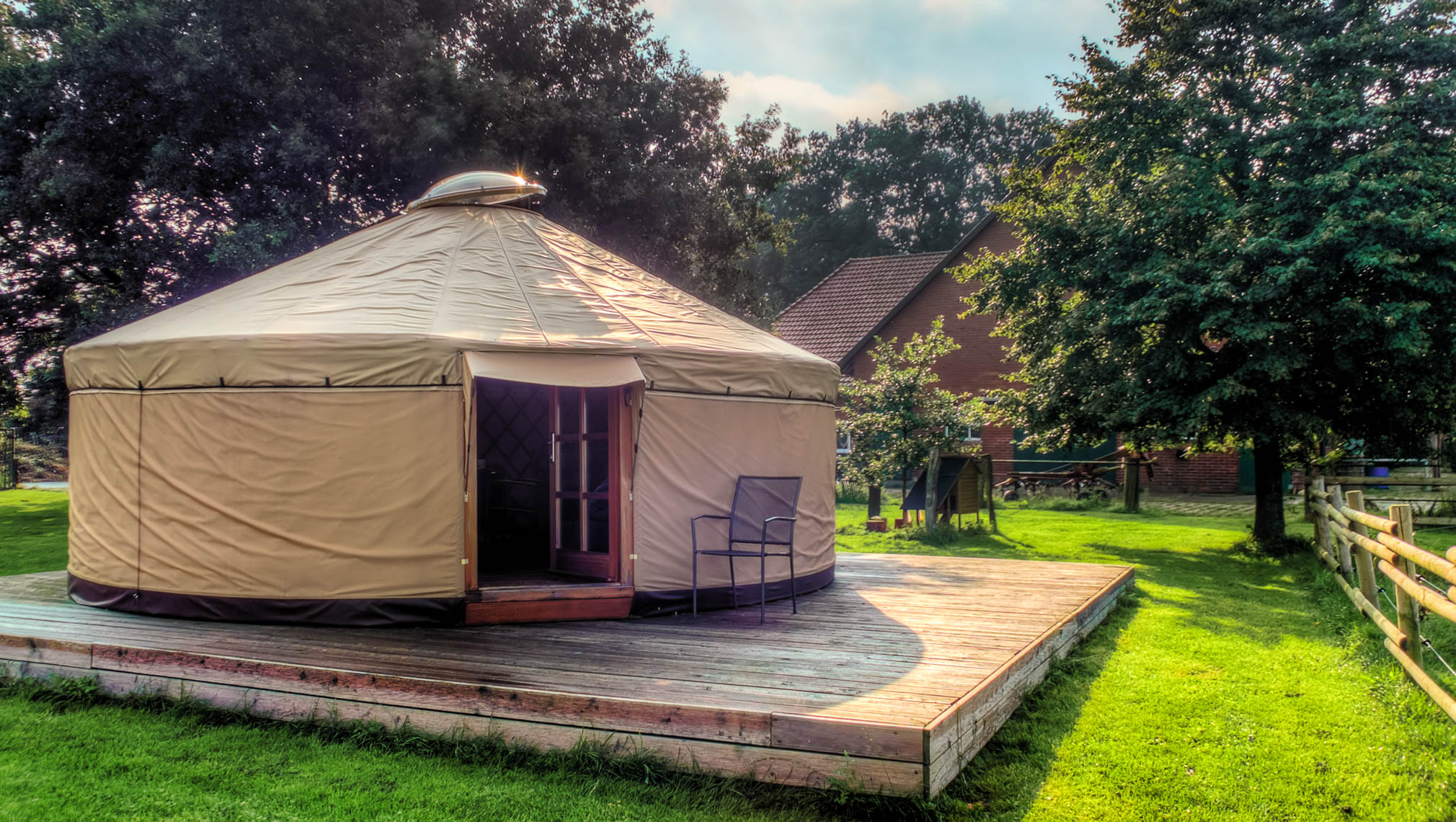
Yurts are squat circular structures with wood lattice walls that have provided housing for nomadic tribes in Central Asia for millennia. Available in the United States since the 1960s, they come both in traditional forms and in modern versions made with glass windows, skylights and waterproof fabric. Prices vary considerably depending on the type of yurt you choose. However, most of the high-end modern versions can be had for less than $30,000 for the structure alone.
15. Buying into a Community Land Trust

Community land trusts are non-profit, community organizations that own land and lease it to people who either buy or rent a home on it. The arrangements typically contain a resale formula that ensures the house remains affordable when it’s sold.
16. Buying a fixer-upper
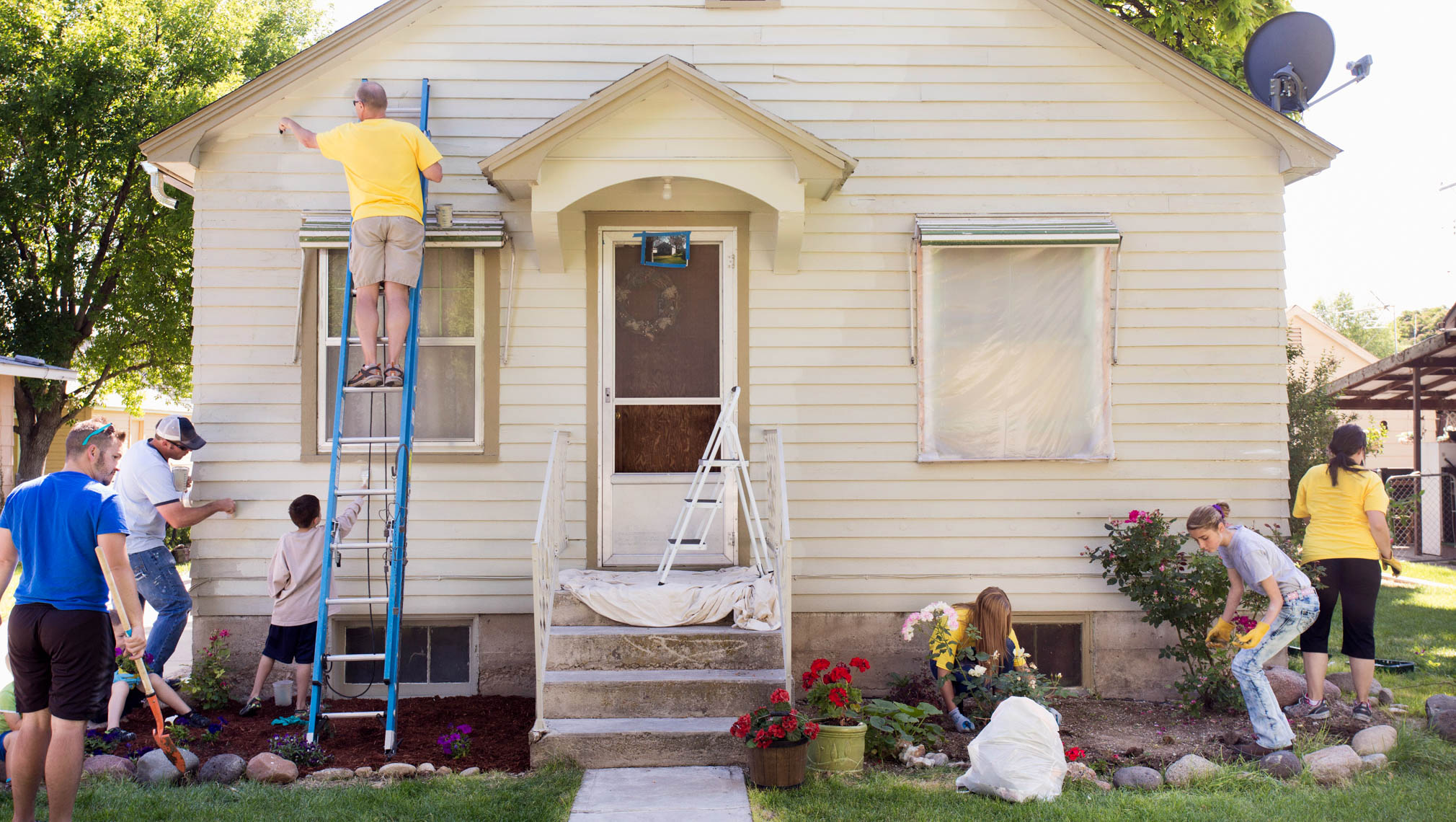
This option technically includes single family homes, but can be a more affordable option — at least upfront. The nature and extent of the work required to make a fixer-upper livable greatly affects whether this is a viable option. If you can do much or most of the work, you could save a bundle. Buying a fixer-upper also could allow you to do the work over time while building equity while you live there. This option requires a certain amount of tolerance for chaos since parts of the house might be unusable while the work is being done. Try out our for-fun quiz to see if buying a fixer-upper could be a good fit for you.
Renting your home
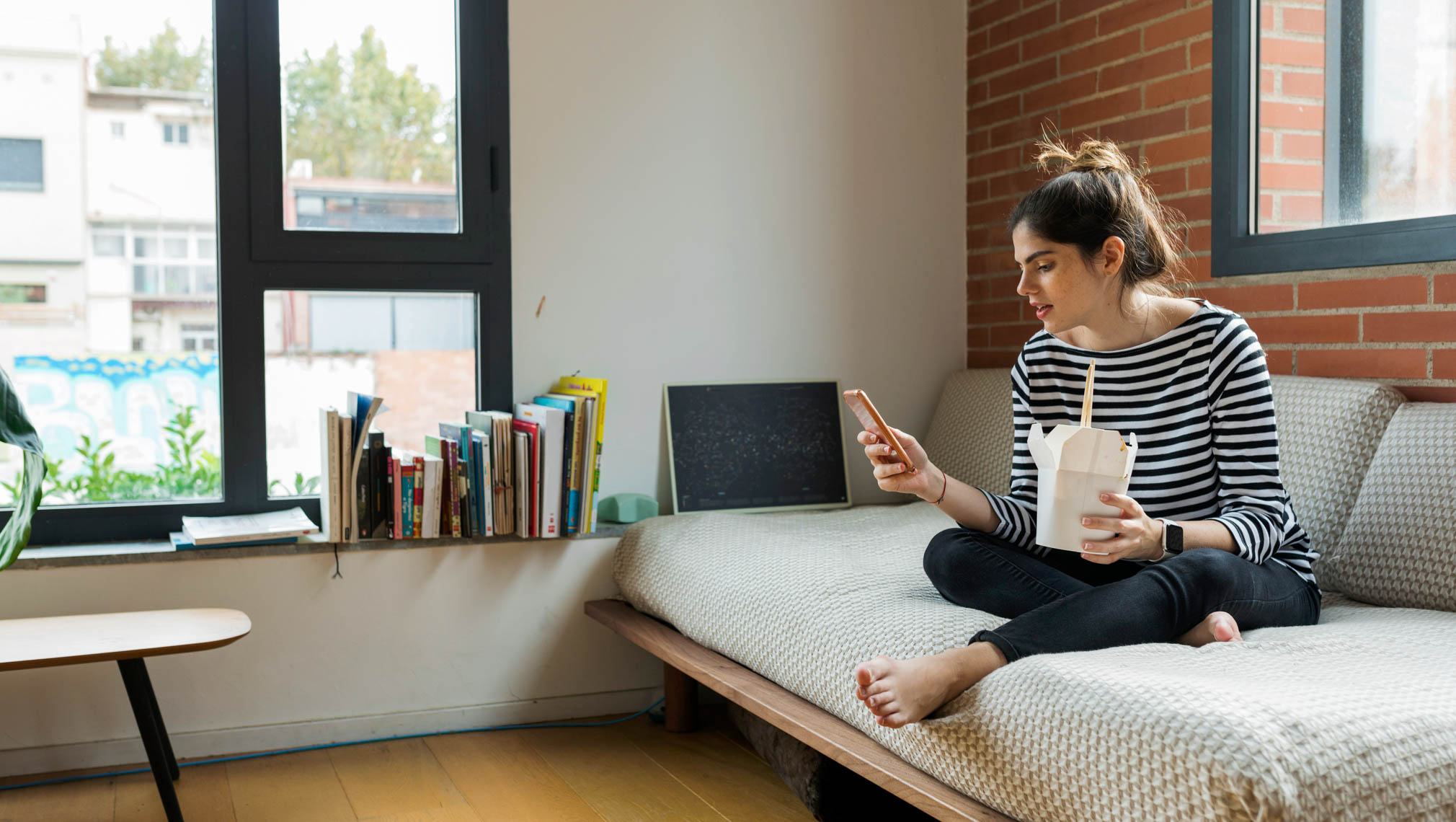
A popular alternative to buying a house, of course, is simply renting your home. Depending on where and how you live, it may make more sense to rent. Renting does not tie you to a single location or unit for the long term. It also does not come with many responsibilities around maintenance or upkeep.
On the down side, renting does not offer the chance to build equity the way homeownership does. And the monthly cost of renting can go up whenever you sign a new lease, whereas, if you own a home with a fixed-rate mortgage, your monthly costs are set for years to come.
That said, the benefits of renting may be significant for you. To understand the financial tradeoffs of renting versus buying, check out this calculator.
As you can see, there’s lots to dream about. For more types of homes, check out this guide.
